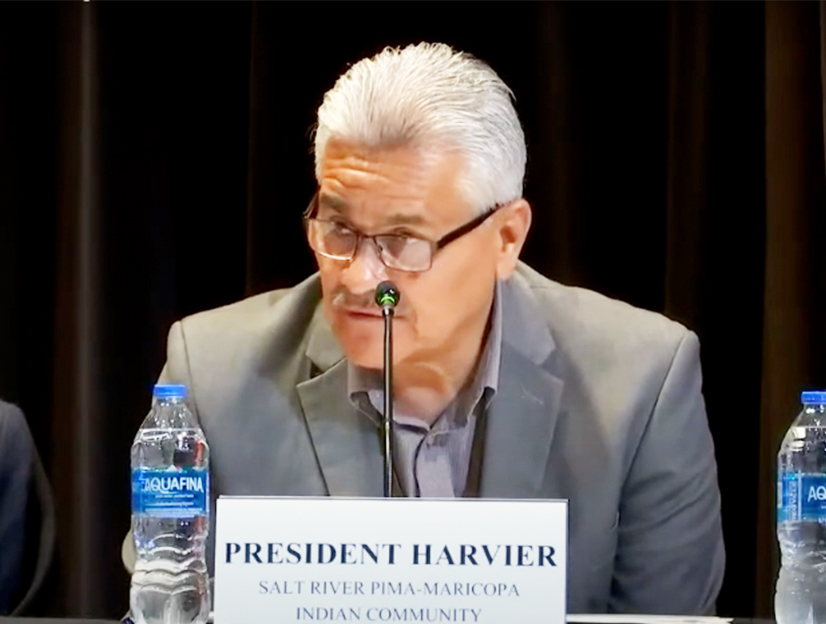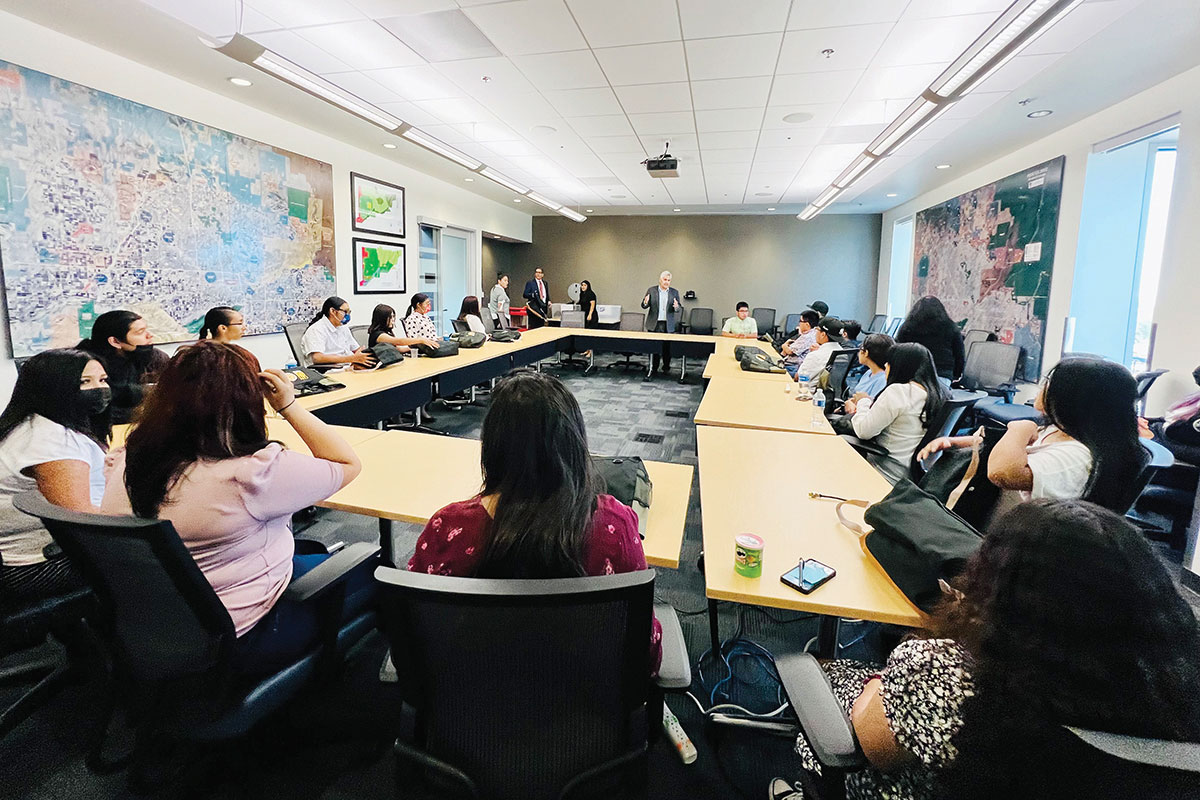VIEWS: 1190
June 3, 2025President Harvier Travels to OKC for Self-Determination Hearing
Fifty years ago, President Richard Nixon championed the idea of “Indian self-determination,” advocating for the federal government to end its “termination” policy of assimilating Native Americans into mainstream society and instead allow for tribes to govern themselves and make decisions for their own tribal members.
In July 1970, Nixon told the Congress on Indian Affairs, “This policy of forced termination is wrong, in my judgment, for a number of reasons. First, the premises on which it rests are wrong. Termination implies that the federal government has taken on a trusteeship responsibility for Indian communities as an act of generosity toward a disadvantaged people and that it can therefore discontinue this responsibility on a unilateral basis whenever it sees fit.”
This new policy led to the enacting of the “Indian Self-Determination and Education Assistance Act (ISDEAA)” in 1975.
As part of the 50th anniversary of ISDEAA, Salt River Pima-Maricopa Indian Community President Martin Harvier traveled to Oklahoma City, Oklahoma on April 4 to give testimony at a Congressional hearing of the U.S. House of Natural Resources Committee. The hearing was held at the First Americans Museum and featured testimony from tribal leadership based in Oklahoma. Harvier was the lone tribal leader from out of state.
Harvier was concerned about many issues related to the Bureau of Indian Affairs (BIA), including a probate backlog and slow lease processing.
“We entered into our first BIA self-governance compact in 1995 and have expanded that agreement several times over the last 30 years,” Harvier told the committee. “Today, we operate 17 programs including tribal courts, road maintenance and law enforcement. Perhaps the most impactful had been the Land, Title and Records Office (LTRO). Before taking over the functions of LTRO, it took the BIA up to six months to record a lease. After we took this function over, the Community now records the leases in 48 hours.”
Harvier later said in a video message to the Community, “My message was very simple. In order for self-determination policy to work, it must be funded.”
On April 7, the U.S. Senate unanimously passed a bipartisan resolution recognizing the 50th anniversary of ISDEAA, led by chair of the Senate Committee on Indian Affairs (SCIA) Sen. Lisa Murkowski (R-AK) and SCIA vice chair Sen. Brian Schatz (D-HI).
“Because of ISDEAA and the expansion of self-determination and self-governance across many agencies, Tribes have raised the quality of life of their people, boosted local economies, improved health care delivery, and designed and implemented services that are better tailored to their unique communities – including in job training, transportation, housing, social services, forestry, and more,” said Murkowski, in a press release.







